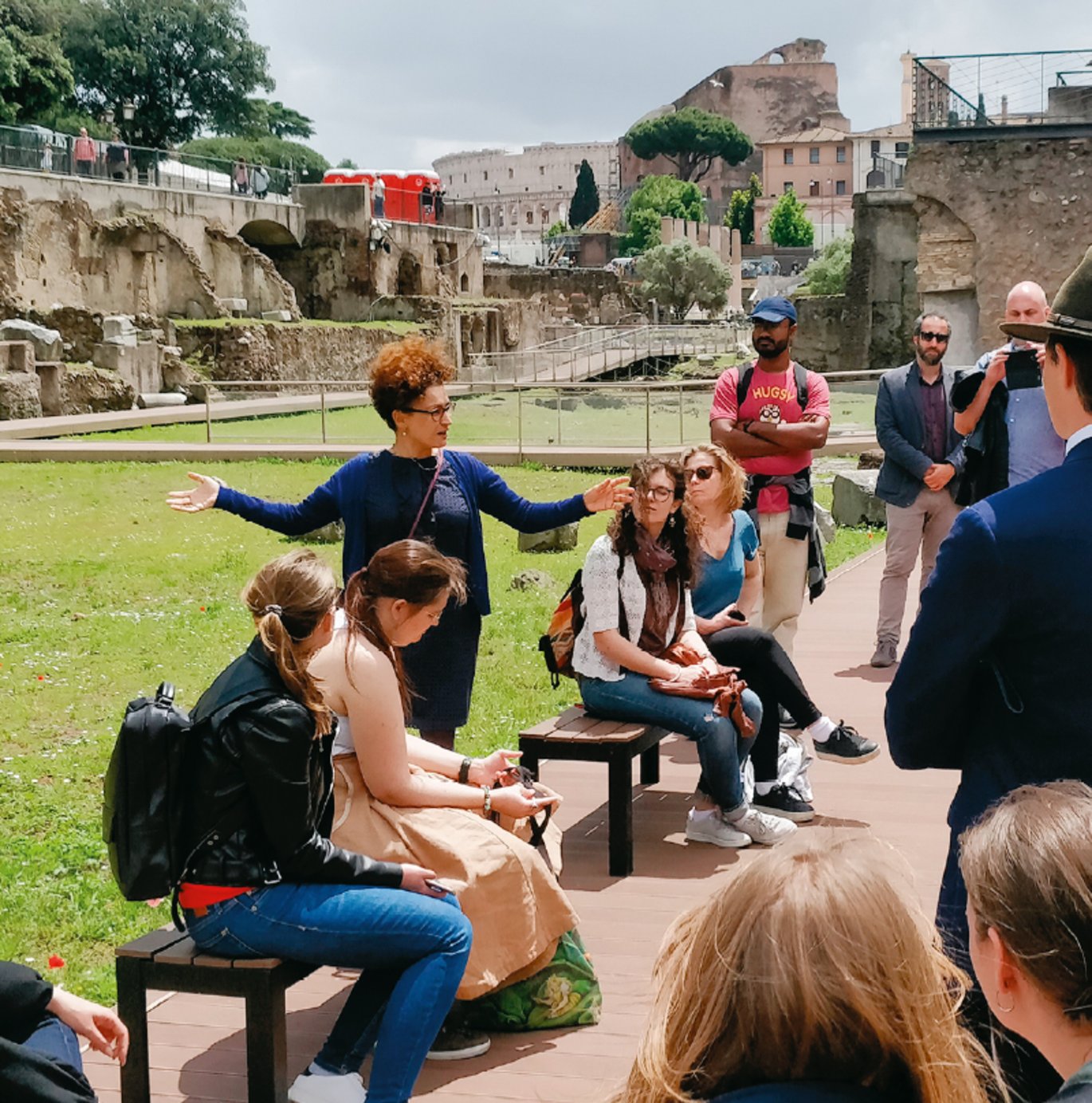Strong core disciplinarity is the foundation for interdisciplinarity, and curiosity is the drive
The considerations highlighted in a 2020-portrait of UrbNet’s centre director, Professor Rubina Raja, are still important to stress.

Interdisciplinarity is essential to UrbNet and research projects at the centre, and centre director, Professor Rubina Raja, here sums up a few important points to take notice of:
Over the last years, UrbNet’s research has become world-leading – transforming traditional disciplines such as Medieval Archaeology and Classical Archaeology to becoming frontrunner disciplines within a number of interdisciplinary projects, all pivoting around the research done at UrbNet. The publications produced by centre members and published in Nature, Science Reports, Journal of Archaeological Science and Journal of Archaeological Method and Theory – just to mention a few – underline the high quality of the research which is coming out of the centre. However, it is crucial to stress that the foundation for these groundbreaking interdisciplinary research results is the strong core disciplinarities involved.
In today’s rapidly evolving university world, which is under pressure from a number of sides to perform and develop despite severe cuts in budgets that have been politically motivated, it is important to bring focus back on the importance of core disciplinarity. There is no quick fix for developing profound interdisciplinary research: knowledge drawn from core disciplinarity stands at the centre – always.
In the fall of 2020, the Danish National Research Foundation and the Royal Danish Academy of Sciences and Letters published a book with stories from the frontiers of basic research. Professor Stine Falsig Pedersen met with 25 researchers in Denmark and compiled a book on basic research, motivation and innovative ideas. All these chapters underline the point made above.
Chapter 6 is about UrbNet’s centre director, Professor Rubina Raja. As is emphasised in the chapter, the foundation for interdisciplinarity and curiosity is engagement into the core of a given subject – and this is the best motivational force in research. Rubina Raja is a good example of a researcher with both legs solidly planted in the core subject of Classical Archaeology, while at the same time reaching out to other disciplines and engaging deeply with them in order to move forward. At UrbNet, archaeology is combined with methods from the natural sciences, and Rubina Raja as well as the UrbNet team are always in pursuit of exploring and developing new and innovative methods to deal with the archaeological material in ways that allow for a deeper understanding of the past.
Get further inspired or revisit the stimulating chapter in Pedersen’s book at the website of the Danish National Research Foundation.
You will find the chapter on Rubina Raja here (in Danish with short summary in English):
And here all 25 portraits can be found (for now only 14 portraits are uploaded, but a new one is added every month – also in Danish with English summaries):
Full reference of the book:
Pedersen, S. F. (2020). Fortællinger fra Grundforskningens Grænseland – samtaler med 25 nutidige forskere i Danmark, Copenhagen.
